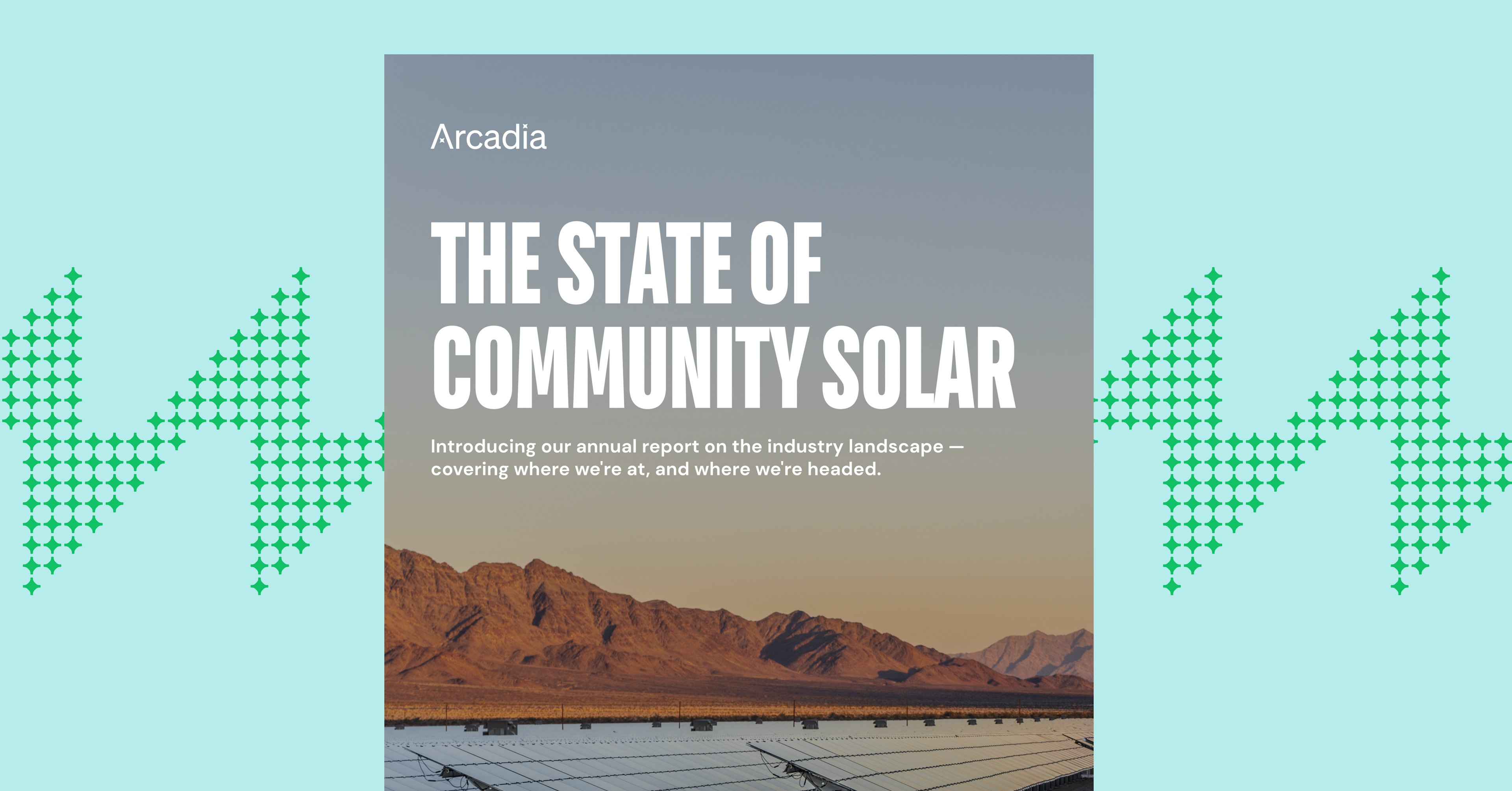A guide to zero-waste spring cleaning

Spring is a great time to reset, refresh, and recommit to the future of our planet. It’s also, of course, “spring cleaning” season — when many of us declutter, organize, and sanitize our homes. This year, you might be wondering if there are ways to align cleaning with climate action. Good news: there are plenty. Here are some spring cleaning tips that combine advice from the zero-waste movement to help you reduce your carbon footprint while organizing your home.
Switch to reusable cleaning products and tools
Let’s admit it — we’re all prone to wiping things down and cleaning things up with paper towels. It’s a habit we need to shake. According to the EPA, disposable paper products like paper towels and cleaning wipes made up 7.58 billion pounds of waste in 2018 alone. By investing in reusable cleaning tools like cleaning cloths and reusing items like old towels as cleaning rags, you can make less of an ecological impact.
(Of course, using paper products for certain activities still makes sense — but you can try to purchase from companies actively working toward sustainable products. This NRDC report card gives good grades to companies like Seventh Generation, Field & Future, and the playfully named Who Gives A Crap.)
You can also save money and time by making many cleaners yourself with everyday, non-toxic kitchen items that are just as effective as the store-bought alternatives. Check out some recipes you can try at home, compiled by the University of Arkansas.

Want to clean up your energy, too?
Learn more about community solarBe deliberate about what you buy
We tend to buy a lot of stuff. And then we get rid of it. Americans produce more waste than any other country. According to the Guardian, the US makes up just 4% of the world’s population, but produces 12% of its municipal solid waste. Spring cleaning can also be spring habit-making. Before you make a purchase, start asking yourself, “How can I dispose of this item when I’m done using it and is there a reusable alternative?”
Even if an item is recyclable, it still requires energy to recycle. Until all our nation’s energy comes from renewables, let’s think twice before accepting an unnecessary item that will just be sent to (at best) a fossil fuel-powered recycling center after a single use. We’re looking at you, plastic drink bottles.
Use glass containers instead of aluminum foil or plastic wrap
From extraction to production to transportation, aluminum has a huge environmental footprint. Plastic wrap might be a quick solution to covering leftovers, but it takes hundreds of years to break down. And yes, aluminum is the third-most abundant element on earth. But it takes a lot of energy to mine (it’s mined just like coal), and it’s usually imported from other countries, increasing its carbon footprint. Glass containers are reusable, sustainable, infinitely recyclable, and safe!
Try to use less water
Cleaning and water go hand in hand, but in many places water is a highly limited resource. Over time, small actions like turning off the tap between scrubbing dishes can help save a huge amount of water.
Start composting
Instead of tossing organic matter in the trash when you’re cleaning up, start using a compost bin or bucket. The EPA says that composting enriches and builds healthy soil and protects the climate by reducing methane emissions from landfills.
Buy secondhand
Thrift stores and consignment stores are great places to find slightly used, and often new, clothes and household items. Secondhand clothes also have a much smaller carbon footprint than new ones. The carbon footprint of clothing production has greatly increased as a result of the “fast fashion” trend. According to the Columbia Climate School, fashion production is responsible for “10 percent of human-caused greenhouse gas emissions and 20 percent of global wastewater.” Plus, purchasing items secondhand can save you a lot of money. But first, make sure what you’re buying is something you really need.
Sell or donate secondhand clothing (and more!)
Do you really need those shirts you keep at the bottom of your drawer, but never wear? Shrink your wardrobe to items you actually use. And hey, if you shrink your wardrobe down to only the bare necessities, you’ll spend less time doing laundry. That’s climate friendly, too! Here’s a good rule: If you haven’t worn an item of clothing in a year, donate it to charity or send it to a consignment store where you may be able to get some money for it.
Plenty of online stores, like ThredUp, sell your gently used items online. Items that aren’t accepted will be donated for textile recycling, instead of ending up in a landfill where they would contribute to our waste problem and greenhouse gas emissions. You can even recycle unusual items like batteries, used oil, and tires — so long as you go to the right place. Here’s a handy resource.
Hang your laundry
Speaking of cleaning clothes, dryers use a huge amount of energy. Instead of relying on a finicky machine, get some drying racks, set them up somewhere sunny, and let the air do the work. The New York Times also has some great tips on doing laundry, smarter by implementing things like using cold water and only doing full loads of laundry. They cite a study that puts the nation’s residential laundry carbon dioxide emissions at 179 million metric tons per year. Read it here.
Pace yourself
Remember, you don’t have to tackle all of these spring cleaning tactics at once. Pick one or two, and start to incorporate them into your daily life. When it comes to the climate action journey, the most important thing is to start.

One great way to start is by signing up for community solar.
Learn more hereThis piece was originally published in March 2022. It has been updated with new insights.


